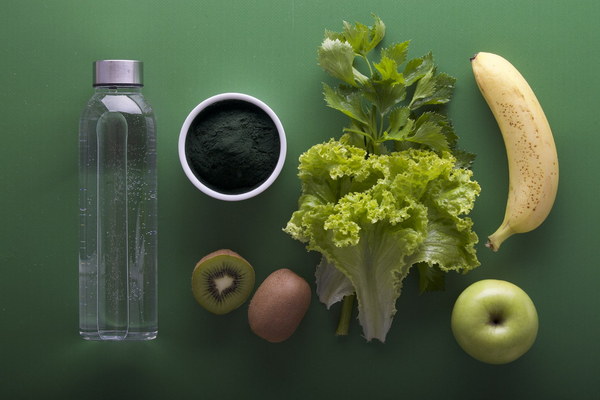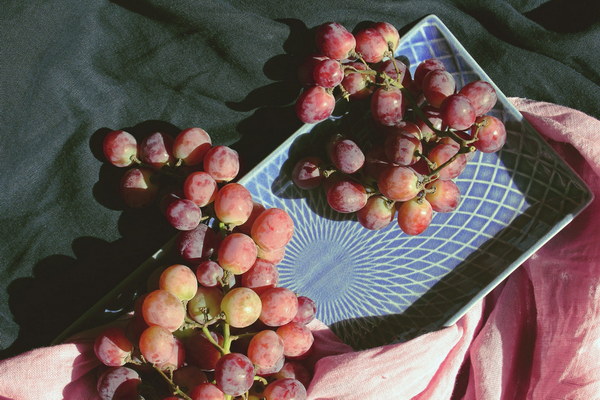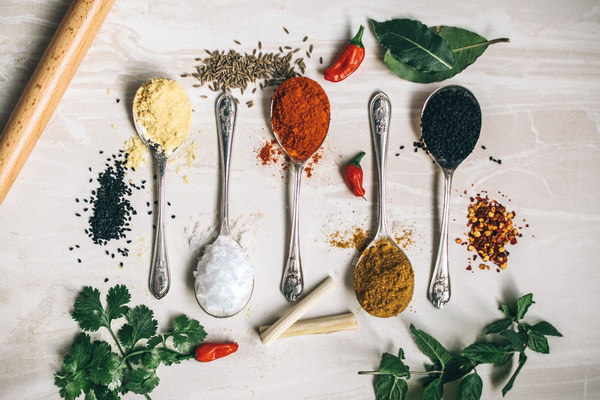Embrace Nature's Cure Harnessing the Power of Cangzhu and Guizhi to Banish Dampness
In the realm of traditional Chinese medicine, the art of utilizing natural herbs to treat ailments is deeply rooted in history and practice. One such combination that stands out for its effectiveness in combating dampness is the use of Cangzhu (Atractylodes macrocephala) and Guizhi (Cinnamomum cassia). This article delves into how these two powerful herbs can be utilized to alleviate dampness and restore balance to the body.
Cangzhu, also known as Atractylodes, is a commonly used herb in Chinese medicine, renowned for its ability to drain dampness and transform phlegm. It is often combined with other herbs to address a variety of conditions, including damp-heat, damp-cold, and damp-phlegm. Guizhi, on the other hand, is a type of cinnamon known for its warming properties and its ability to promote blood circulation.
To harness the full potential of these herbs, it is essential to understand their individual properties and how they work together to eliminate dampness. Here is a detailed guide on how to use Cangzhu and Guizhi to rid the body of dampness.
Understanding Dampness
Dampness is a common condition in traditional Chinese medicine, characterized by symptoms such as fatigue, edema, poor appetite, and weight gain. It occurs when the body's internal environment becomes imbalanced, leading to an accumulation of dampness. This imbalance can be caused by various factors, including poor diet, excessive moisture in the environment, and emotional stress.

Cangzhu: The Dampness Drain
Cangzhu is a versatile herb that can be used in various formulations to treat dampness. Its primary function is to drain dampness and transform phlegm, making it an excellent choice for those suffering from damp-related symptoms.
To use Cangzhu effectively, it is often combined with other herbs that complement its properties. For example, it can be paired with Atractylodes lancea (Bai Zhu) to enhance its damp-draining effects. Additionally, herbs like Alisma orientale (Ze Xie) and Poria cocos (Fu Ling) can be included to aid in the transformation of phlegm and support the kidneys.
Guizhi: The Warming Solution
Guizhi, with its warming properties, plays a crucial role in addressing dampness. By promoting blood circulation and warming the meridians, it helps to alleviate symptoms such as cold limbs, joint pain, and fatigue. In traditional Chinese medicine, Guizhi is often combined with other herbs that share similar properties, such as cinnamon bark (Cinnamon) and rhizoma Atractylodes macrocephala (Cangzhu).
When using Guizhi, it is essential to consider the individual's specific constitution and the nature of their dampness. For instance, those with damp-heat may benefit from a combination of Guizhi with herbs like Scutellaria baicalensis (Huang Qin) and Forsythia suspense (Lian Qiao) to clear heat and drain dampness.
Combining Cangzhu and Guizhi
The combination of Cangzhu and Guizhi is a powerful one, as it addresses both the dampness and its associated symptoms. This combination can be found in various traditional Chinese herbal formulas, such as Er Chen Tang and Si Miao San.
Er Chen Tang, for example, is a classic formula that combines Cangzhu, Atractylodes lancea (Bai Zhu), and Poria cocos (Fu Ling) to drain dampness and transform phlegm. Guizhi is often added to this formula to enhance its effectiveness.
Preparing and Administering the Herbs
To prepare Cangzhu and Guizhi for use, start by purchasing high-quality, organic herbs from a reputable source. Next, follow these steps:
1. Clean the herbs thoroughly and cut them into small pieces.
2. Soak the herbs in water for a few hours or overnight to allow them to absorb moisture.
3. Boil the herbs in water until the liquid is reduced to about one-third of its original volume.
4. Strain the liquid and drink it twice a day, before meals.
Conclusion
Cangzhu and Guizhi are two powerful herbs that have been used for centuries in traditional Chinese medicine to combat dampness. By understanding their properties and how they work together, individuals can harness their healing power to restore balance and alleviate dampness-related symptoms. Always consult a qualified healthcare provider before starting any new treatment, especially when dealing with complex health issues.









